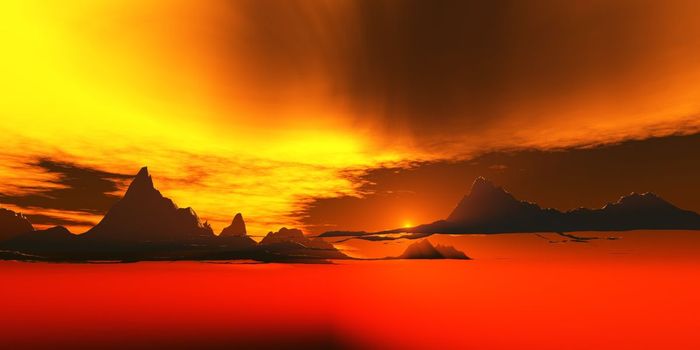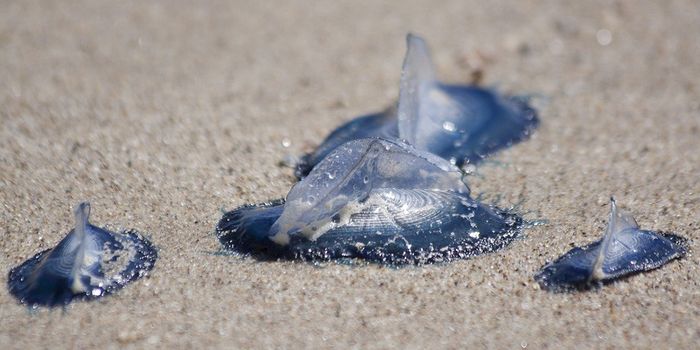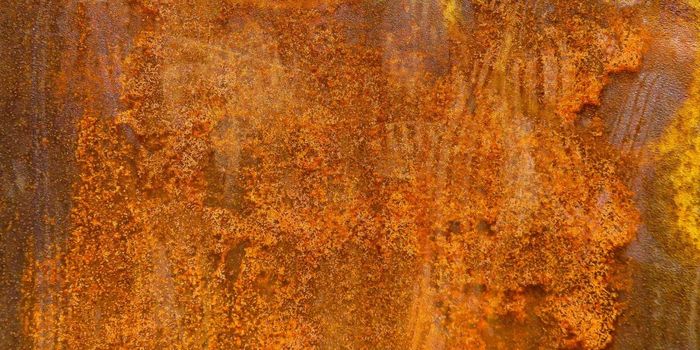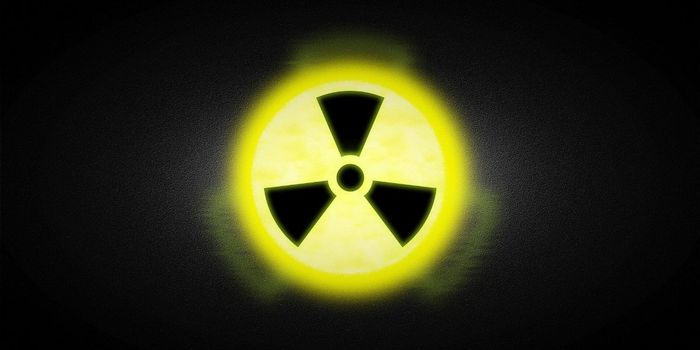The Ozone Layer refers to the O3 (three oxygen atoms bonded together) that is in the stratosphere, which ranges from 6-30 miles above us. Ozone is important because it absorbs harmful UV radiation, thus protecting life on the surface of the planet! That's why everyone was so worried in 1985 when scientists determined that pollutants (CFCs) from refrigerators, aerosols, air conditioners, and even health care products were destroying those O3.
In the troposphere (where we reside), CFCs aren't dangerous, but when they reach the stratosphere, they are susceptible to photodissociaton, which is when UV radiation breaks a chlorine atom off a CFC and that CL rips off an O from O3, creating chlorine monoxide and leaving oxygen. Poof, there goes our protective O3!
Luckily, scientists discovered that this chemical phenomenon was happening all throughout the atmosphere and in 1987 the Montreal Protocol was signed, which began phasing out CFCs from manufacturers. Now we are more than twenty years past when CFCs were banned and the problem seems to have begun repairing itself. A study published this year in Science found that the hole has decreased since 2000. The study suggests that if we continue to stay out of the atmosphere's way, ozone levels could reach those of 1980 by 2040. Sounds like a win for science and international policy! (The only downside is that HFCs, the replacement of CFCs, are a potent greenhouse gas that is speeding up climate change. Duh, duh, duh...)








